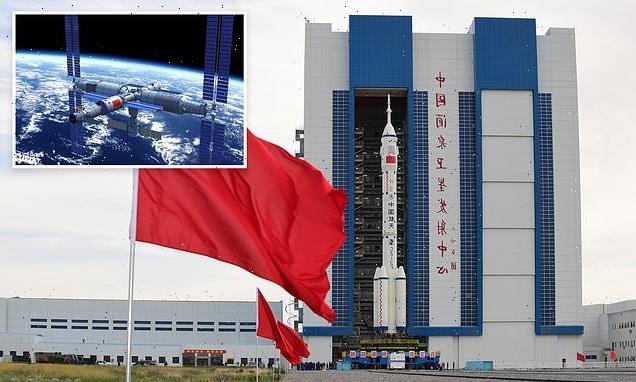Michelle Visage, who serves as a judge on “RuPaul’s Drag Race,” opens up about her decision to have her breast implants removed in the new documentary “Explant.” Premiering at the Tribeca Film Festival on June 13, Visage allows director Jeremy Simmons into her home and operating room as she goes through surgery.
Visage, who was just as renowned for her double-D breasts, announced the news in 2019 after noticing health issues – particularly with her immune system.
Simmons weaves together personal footage, interviews with doctors and patients and archival footage from trials as women testified about leaking silicone in their bodies. The story Visage shares is an important one. Doctors didn’t listen, so she did her own investigating and insisted she be taken seriously.
Variety spoke with Simmons, who shares insights about following Visage as she embarked on this journey.
This film has been a journey two-and-a-half years in the making for you. How did this conversation happen that Michelle wanted to make a documentary?
After she had figured out that she had breast implant illness and had decided that she wanted to have explant surgery. She wanted to follow the journey and make a documentary. She talked to Randy Barbato and Fenton Bailey about it. They called me and said, ‘Hey, you should talk to Michelle, listen to her story, she’s going to tell you much more than we ever could, and let us know if you think there’s a documentary there.’ So, we talked for a while and she laid out what had happened to her and how she figured out what was going on and why she was going to be doing this.
After that call, I spent a weekend online researching breast implant illness. I had never even heard that term and it was just all new to me. It was really confusing because there was no information that you could find online — and when you did, it was conflicting.
The personal side for me was that my mom had just gotten her implants replaced. I have other friends who have implants, and I couldn’t figure out what was going on but it seemed like a worthy pursuit.
How did you decide to approach the documentary?
It started with Michelle and following her and hearing voices on both sides. We started with the present-day controversy which began on social media. It’s a social media story, because women were finding each other and realizing they weren’t alone.
Those groups were growing exponentially month after month. From that, it starts to become obvious that the history of breast implants put the current controversy into context. So we started to dive deeper and deeper, and we started interviewing everyone that was still alive that had a hand in the development of the implants: the first doctors that began to question their safety that patients, the journalists who covered it, the people in DC who fought to get them taken off the market. And so we went back and further back
You also edited the documentary, can you talk about that decision?
It was a practical decision. We thought it was going to be a verité of the silicone experience, but then as we got into the historical side, it became apparent that the key to providing that context was going to take more time. Randy and Fenton were funding this whole thing. They’re very smart and understood this was going to be a long haul. We ended up really editing it the entire time we were making it and it just made more sense to do that.
Michelle gave you access to everything, whether it was with her family and even as she goes into surgery. What conversations did you have about covering those moments for audiences to see?
Michelle puts herself 100% into everything she does, she is such a hard worker, and she is so dedicated. I think we know that about her in her work life, but it’s across the board. When she decided that she was going to do this, she said, ‘What do you need?’ It was important to her because she was absolutely 100% willing to put it all out there. She just believed wholeheartedly that it was for the right reason.
You’re also capturing the surgery and post-surgery, and there’s a moment where you rest on her face, and it’s so powerful. Can you talk about editing those moments?
By the time we filmed the surgery, we had spent quite a bit of time together already. I was a little bit more comfortable in there, and so was she. She completely trusted me that I felt empowered to do whatever needed to be done to tell the story. There was never a moment where she said, ‘Jeremy, we can’t film that.’
Talk about the ending where Michelle is saying ‘I thought I was doing this for me.’ It’s such a powerful ending. How did you land on that?
It’s the constant doubt, the constant scrutiny that these women were not believed. When you talk about the ending and the edit, Michelle had doubts too and when she talks about that, it comes down to a sense of self. She had gone through this experience, and she had put it in her own words and those words are something that she wanted the world to hear, and that she did on that stage. So, it had to end that way.
optional screen reader
Read More About:
Source: Read Full Article

